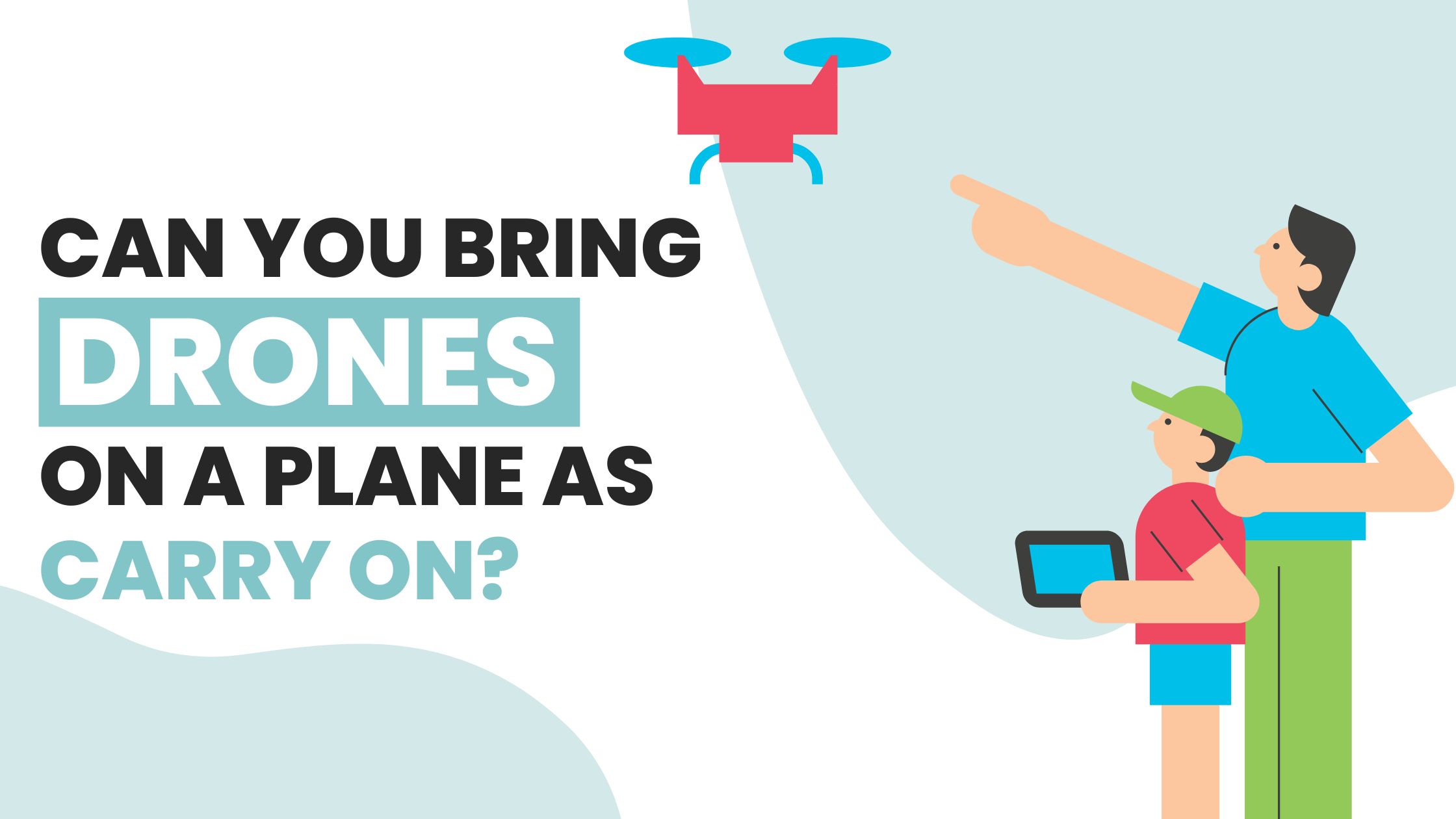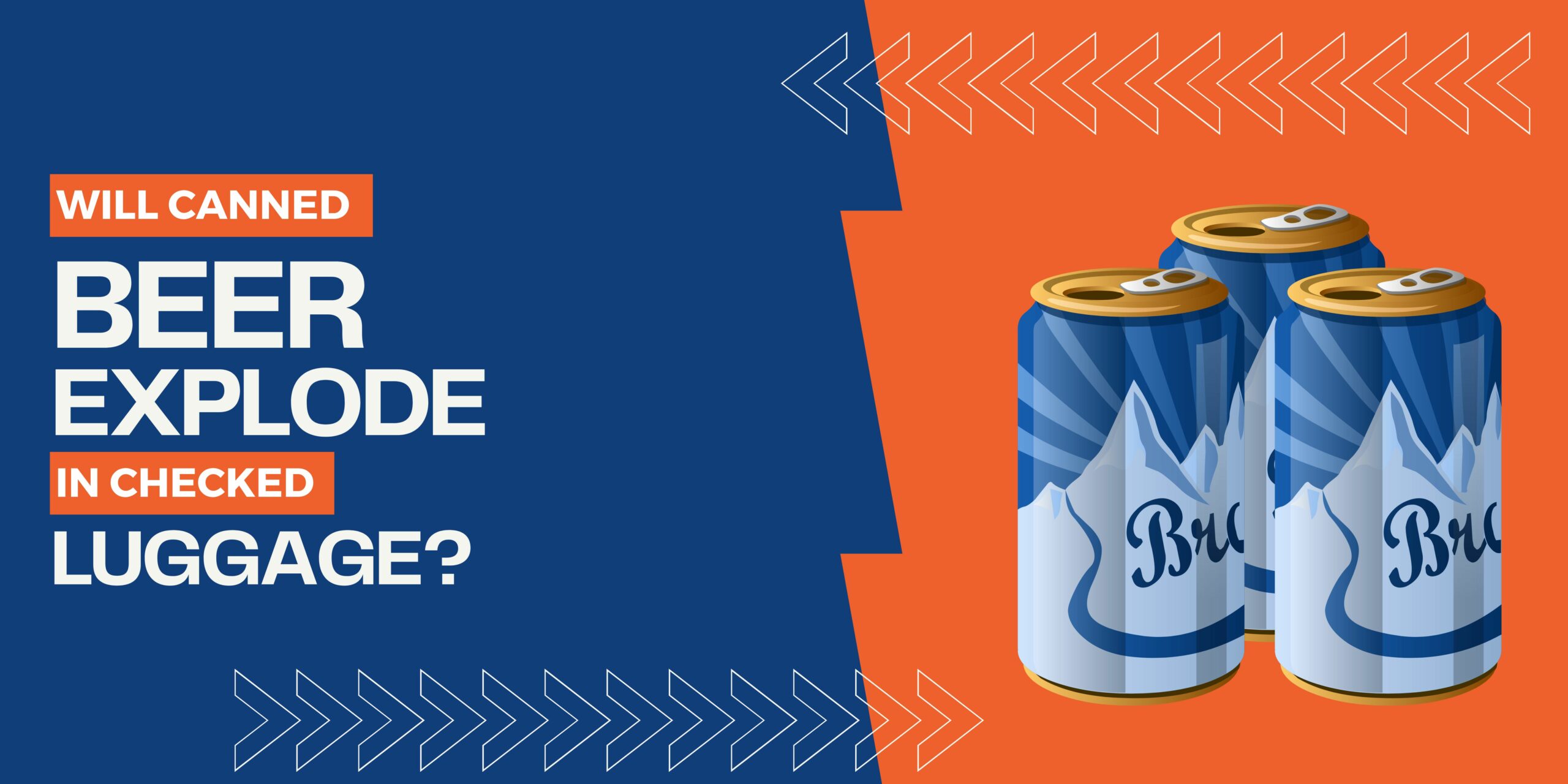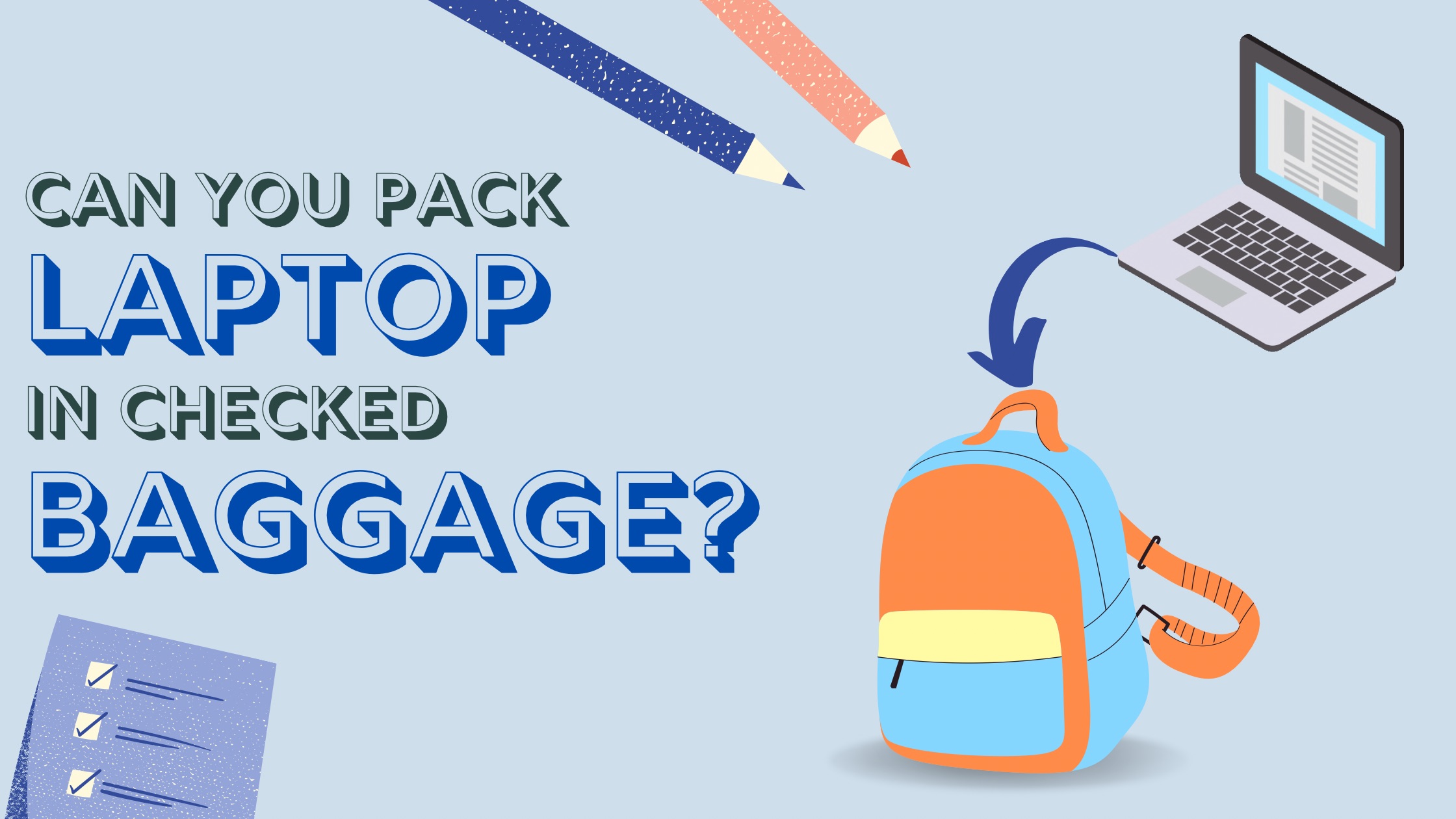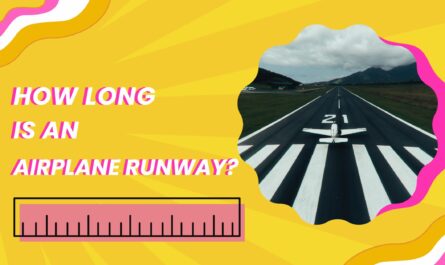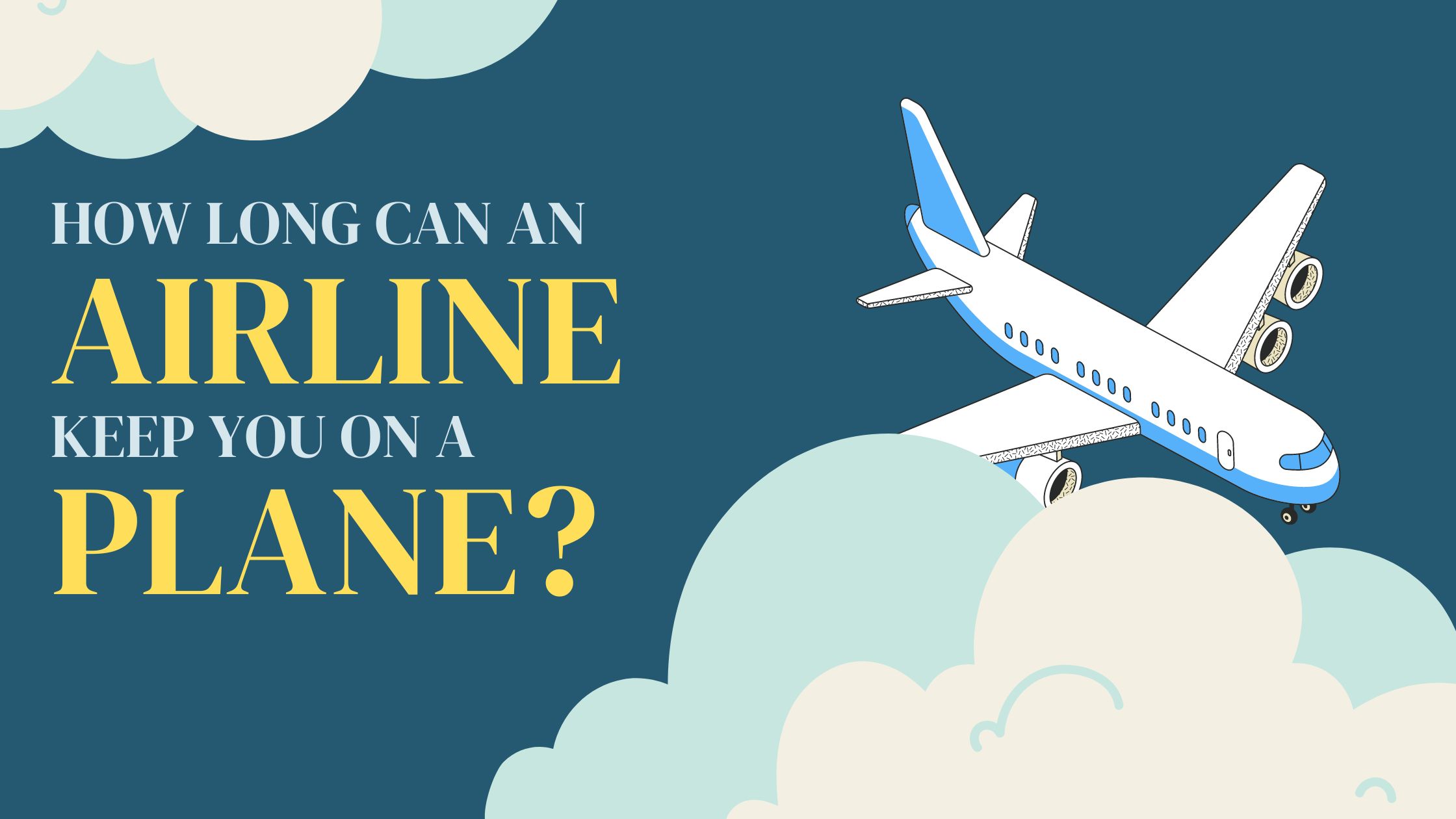As the popularity of drones continues to grow, more and more people are traveling with these devices. “Can you bring drones on a plane as carry-on?” or do they need to be checked as baggage?
In this article, we will explore these questions and provide a comprehensive guide to bringing drones on a plane as carry-on items.
By understanding the guidelines and taking the necessary precautions, travelers can safely and legally transport their drones on their next flight.
Can You Bring Drones On A Plane As Carry On?
The good news is that it is possible to bring a drone on board as a carry-on, but with certain rules and regulations. If you’re bringing your drone as a carry-on then, depending on size, it will need to fit in either an overhead bin or under the seat.
You may also want to confirm with your airline regarding their specific policies, since they may differ slightly.
Also bear in mind that all of the batteries must be removed from the drone and placed into your carry-on bag—any batteries left in the drone itself will need to be secured and powered off.
If you’re bringing a larger drone, then you may want to check it in as baggage.
However, if you do opt for this option then make sure to place all of the batteries into your carry-on bag – they are not allowed in any checked luggage.
Additionally, if you plan on traveling with additional accessories like propellers or cameras, these too must be declared when you check in and removed from their protective cases.
Here is a table summarizing the policies of some major airlines regarding bringing drones on a plane as carry-on luggage:
| Airline | Policy |
| American Airlines | Drones are allowed in carry-on luggage if they meet the size requirements for carry-on bags and are stored properly. Spare batteries must be carried in carry-on luggage as well. |
| Delta Air Lines | Drones are allowed in carry-on luggage as long as they meet the size requirements for carry-on bags and the batteries are removed and carried in carry-on luggage. |
| United Airlines | Drones are allowed in carry-on luggage if they meet the size requirements for carry-on bags and are stored properly. Spare batteries must be carried in carry-on luggage as well. |
| Southwest Airlines | Drones are allowed in carry-on luggage as long as they meet the size requirements for carry-on bags and the batteries are removed and carried in carry-on luggage. |
| JetBlue Airways | Drones are allowed in carry-on luggage as long as they meet the size requirements for carry-on bags and the batteries are removed and carried in carry-on luggage. |
Can You Bring Drones In Checked Luggage?

Photo by Harrison Kugler on Unsplash
The answer is yes – most drones are allowed through security checkpoints when transported in checked baggage. However, some batteries and components of drones may be prohibited. To ensure that your drone is allowed through the checkpoint, please contact your airline prior to travel for their policy on the matter.
Some airlines may have additional guidelines or requirements that must be followed before bringing a drone onto the plane.
When packing your drone in a suitcase or carry-on bag, make sure that all lithium batteries and fuel cells are securely attached to the device itself and not packed separately from it.
Additionally, components of certain parachute systems that may be used in drones may not be allowed through the checkpoint, and it’s best to check with your airline if you’re unsure.
Can You Bring DJI Phantom On A Plane?
Yes, however, you should check the regulations of your airline. Some airlines may have additional rules and restrictions in place when it comes to bringing DJI phantom drones on board their airplanes. However, it’s always best to double-check with your airline prior to travel.
In addition, some airports may require passengers who are carrying drones to complete additional paperwork or pass through extra security screenings.
Again, make sure you are familiar with the rules and regulations of the airport before making any travel plans.
Finally, remember that all unmanned aircraft systems (UAS) must follow Federal Aviation Administration (FAA) guidelines while flying over U.S. airspace.
Make sure to check the FAA website for more information on UAS regulations and restrictions.
Can You Bring A DJI Phantom Drone In Your Carry-On Baggage?
The answer is yes – but make sure you adhere to all relevant rules and regulations to ensure a safe journey! When traveling with a DJI Phantom drone, it is important to make sure that you are following the rules and regulations set out by the airline.
While it is possible to bring your drone in your carry-on bag, you must take certain precautions to ensure that you do not risk any damage or harm to yourself or anyone else.
Firstly, remove the battery from your drone before packing it into your carry-on baggage.
They must be safely stored separately in your carry-on luggage.
Additionally, make sure that the drone is securely packed and cushioned with materials such as foam padding to prevent movement during flight.
Can You Bring A DJI Phantom Drone In Your Checked Luggage?
Yes, you can bring a DJI Phantom Drone, but it’s important to know the rules and regulations that apply when packing a drone in your checked luggage. The first thing to note is that drones are regulated differently than other items by airlines.
This means that not all airlines will allow drones to be packed as checked luggage, so it’s important to check with your airline before making travel plans.
If you are able to take your drone on a plane as checked luggage, there are some additional restrictions that must be followed.
Lithium-ion batteries, which are widely used in drones like the DJI Phantom series, cannot be placed in checked baggage due to the risk of fire.
Therefore, the battery must be removed and packed separately in your carry-on luggage.
It’s also recommended that you pack the drone itself in your carry-on luggage as well to ensure it doesn’t get damaged during the flight.
You should use foam padding or other materials to keep the drone and its accessories secure.
Can You Bring Inspire Drones On A Plane?

Photo by Colin Watts on Unsplash
The answer is yes – you can definitely bring your DJI Inspire onboard an airplane, but there are some things that you should keep in mind. Generally speaking, most airlines allow Inspire drones to be taken in carry-on luggage as long as they fit within the maximum dimensions for carry-on items.
For example, the DJI Inspire typically measures about 24 inches wide and 17 inches tall and so it would usually meet carry-on requirements.
However, depending on the airline, you may need to check their specific regulations.
Secondly, you may want to consider what type of bag or case you use to carry your drone on board the plane.
Since Inspire drones are relatively large, they will likely take up the whole space in a small carry-on bag, leaving no room for any other items.
On the other hand, if you have a larger suitcase or backpack, then you might be able to fit some additional camera equipment in there as well.
Alternatively, if you don’t need to bring extra gear with you, then a smaller messenger bag would work just fine.
Can You Bring Inspire Drones In Your Carry-On Luggage?
Yes, you can bring an Inspire drone in your carry-on luggage. However, there are some rules and regulations that you must follow in order to do so safely and legally. Firstly, it’s important to remove the battery from your Inspire drone before packing it in your carry-on luggage.
When traveling with drones, it is important to research the local regulations and laws before you fly.
Some countries or certain airports have restrictions on the use of drones that should be respected for legal reasons.
It is also wise to bring extra propellers in case of any accidents or breakages while flying.
Can You Bring Inspire Drones In Your Checked Luggage?
Yes, you can but due to size restrictions, many larger drones like Inspire models must be checked in with baggage handlers. However, even if it fits under the size limitations for carry-on luggage, Flying with lithium batteries associated with drones is still strictly prohibited by the TSA.
To ensure that all travelers remain safe from potential fire hazards on board an aircraft, any battery used to power a drone must be removed from the drone and brought on board in carry-on baggage only.
It’s important to note that even if your Inspire drone is small enough to fit within size limitations for checked luggage, it must still have its lithium batteries taken out prior to boarding.
In addition, if you are packing other items such as extra parts or accessories with your drone, they should also all be placed in a separate checked bag with the batteries.
This will ensure that everything can make it through security without being confiscated by TSA officers.
Can You Bring A Drone On A Delta Flight?

Photo by Miguel Ángel Sanz on Unsplash
Yes, it is possible to bring a drone on board a Delta flight as long as the drone fits within the size restrictions for carry-on baggage. The maximum external dimensions of the drone must not exceed 22x14x9 inches and its battery must not be more than 160Wh.
It should be noted that operating or flying the drone on board is strictly forbidden by Delta Airlines. If you would like to use your drone during a trip, make sure to do so before you board or after you land – never while in flight.
Remember, if you are planning to fly with your drone, notify the airline of this beforehand and check any other requirements they may have regarding drones aboard their flights.
This information will help ensure a safe and enjoyable experience for all passengers.
Do You Need FAA Approval To Fly A Drone?
The answer is yes, you generally need FAA approval to fly a drone for commercial purposes. To obtain this approval, you must receive a Part 107 Remote Pilot Certificate from the Federal Aviation Administration. This certification involves passing a knowledge test, undergoing a background check, and meeting certain other requirements.
For non-commercial or recreational drone flights, the FAA requires that all drones weighing more than 0.55 pounds (250 grams) and less than 55 pounds (25 kilograms) must be registered with the agency.
The registration process is relatively simple and can be completed online.
Once your registration is complete, you will receive an identification number which should be marked on your drone and displayed on any web pages or videos displaying your drone in flight.
Here is a table summarizing the FAA regulations for flying a drone in the United States:
| Scenario | FAA Approval Required? |
| Recreational use | No, as long as the drone weighs less than 55 pounds and is flown in accordance with the FAA’s safety guidelines. |
| Commercial use | Yes, you must obtain a Remote Pilot Certificate from the FAA and follow the FAA’s Part 107 regulations for commercial drone operations. |
| Flying in controlled airspace | Yes, you must obtain permission from the FAA to fly in controlled airspace, which includes most airports and their surrounding areas. |
| Flying above 400 feet | Yes, you must obtain permission from the FAA to fly a drone above 400 feet, as this is the maximum altitude allowed for most drone operations. |
| Flying at night | Yes, you must obtain permission from the FAA to fly a drone at night, as this requires a waiver from the Part 107 regulations. |
Does The FAA Know When You Fly Your Drone?
The short answer is yes – but only if your drone has Remote ID technology enabled. Remote ID enables drones to transmit information about their location and the direction of the flight back to the FAA or other federal agencies. This helps them know when you fly your drone.
It also helps authorities identify which control station is associated with a particular drone.
Moreover, they can take action if the drone appears to be flying in an unsafe manner or somewhere it’s not allowed to fly.
While most new recreational drones come equipped with Remote ID technology, older models may require you to purchase a separate accessory for them to have this capability.
If you are unsure whether your drone has the feature, it is always best to check with the manufacturer or retailer.
Overall, Remote ID technology helps ensure that everyone can enjoy safe and responsible drone flight.
By complying with the FAA’s Remote ID regulations, you can help make sure that our skies stay safe for everyone.
Can Airport Detect My Drone?
The answer is yes – airports have the technology to detect drones. This technology is known as Unmanned Aircraft System (UAS) Detection and Mitigation Systems, which uses various sensors such as radar and radio frequency detectors to identify drones flying in an airport’s airspace.
This type of detection system is necessary for aviation safety since drones can interfere with aircraft navigation systems and cause collisions with a plane.
Therefore, airports take these detection and mitigation systems seriously in order to protect passengers from any potential risks posed by drones.
Conclusion
In conclusion, the rules and regulations regarding bringing drones on a plane as carry-on items vary depending on the airline and the country. It is important to check with the specific airline and destination country before packing a drone for travel.
While some airlines may allow drones as carry-on items, it is always best to be prepared for the possibility that the drone may need to be checked as baggage instead.

